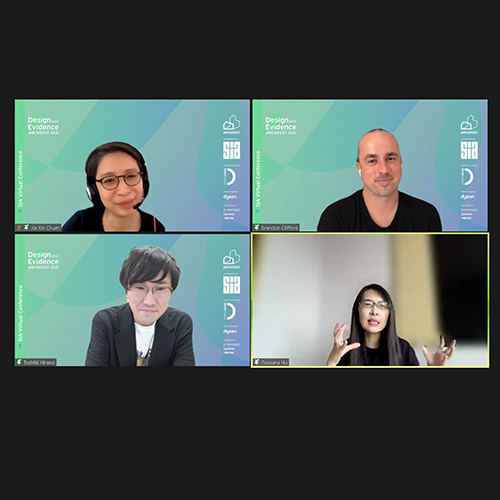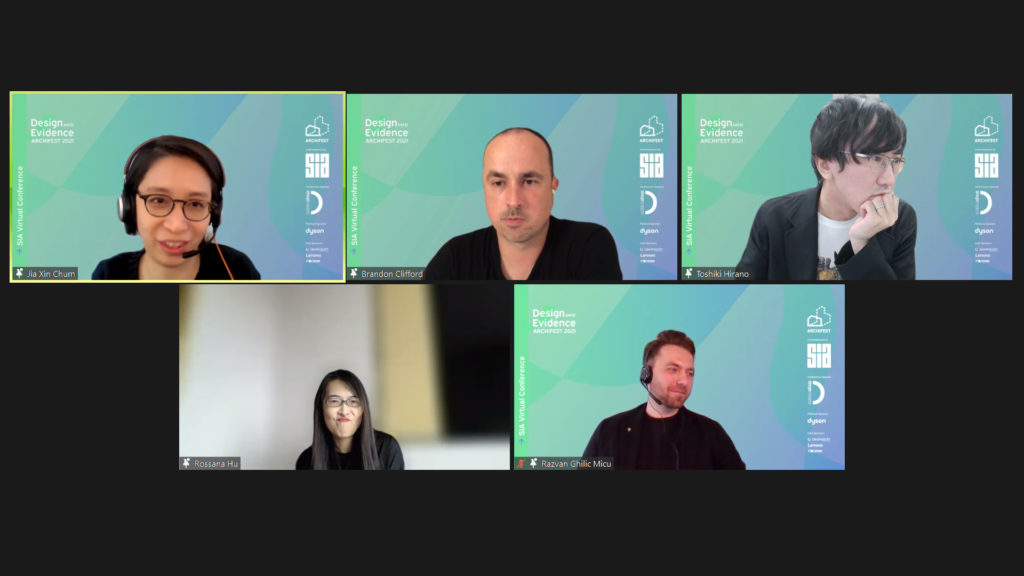Archifest 2021 seeks Design Evidence from the Past to Inform the Future
Sustainability and heritage are key issues to be considered amidst rapid development in Singapore, which are highlighted as the main themes of this year’s Archifest. Entitled Design Evidence, the event takes an inquisitive attitude towards the complex parameters of our world, relating the evidences of best practices for our creative design processes. The architecture festival, organised by Singapore Institute of Architects (SIA), will run from 1–31 October 2021 with an array of virtual and on-site events.
According to festival director Razvan Ghilic-Micu, Archifest is geared not only for architects, but also for various practitioners and the general public to reflect and reiterate local processes and values—highlighting what their respective disciplines bring to the table. “The future of design is multidisciplinary. We need to find, uncover and discover the ‘evidence’, wherever it may be,” he said.
The anchor of the festival is the three-day conference from 12–14 October that invited a panel of international speakers. The first day discussed the subject of Old Worlds, New Futures, uncovering evidence of how past knowledge can help us conceptualise future cultural and environmental sustainability.

Rossana Hu presents Waterhouse at Archifest 2021. 
Rossana Hu presents The Brick Wall at Archifest 2021.
Delivering the keynote speech, Rossana Hu, Co-founding Director of Neri&Hu Design and Research Office, elaborated on their firm’s philosophy of Reflective Nostalgia. This is an approach that closely absorbs the history and character of a context, then creatively overlaying them on an existing site or project—not seeking to restore the past, but embracing the contradictions and desires of the present. These treatments were shown in projects such as Waterhouse at South Bund, which is a boutique hotel that repurposed a 1930s army base and opium den; and The Brick Wall, an adaptive reuse of an old building complex in Yangzhou, which they bordered with walls that evoke the vernacular Chinese courtyard house typology.
Heritage is about communities, about how people could come together and create things to last for future generations. Placing importance on this way of thinking, Brandon Clifford, Director of Matter Design, introduced himself as a ‘time traveller’ who learns from ancient structures of the past—such as megalithic statues and tomb walls—to uncover knowledge that we need to take for the future. He highlighted the destructive effect of today’s gigantic structures: concrete towers, whose life cycles from production to demolition take up an excessive amount of resources. Reflecting on how societies used to create lasting landmarks, Clifford underlined that the process is key: “You cannot look at a work in isolation; you have to look upstream to the material procurement.” Today’s structures need to be made with care, specificity and imagination that are rooted in communities.

Brandon Clifford presents his research on ancient stone walls at Archifest 2021. 
Brandon Clifford presents his research on remaking stone walls at Archifest 2021.
The event will continue tomorrow with seminars on the theme of Ecosystems and on the last day about Contextual Innovation, further interrogating evidence that unlocks creative solutions to pragmatic challenges.


